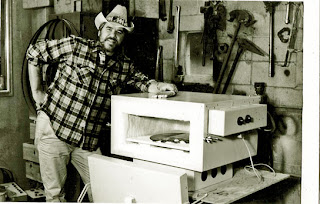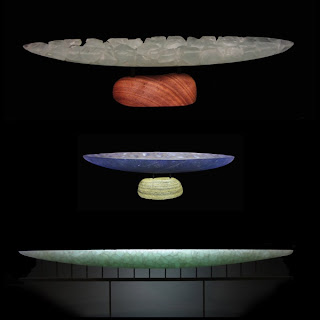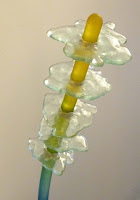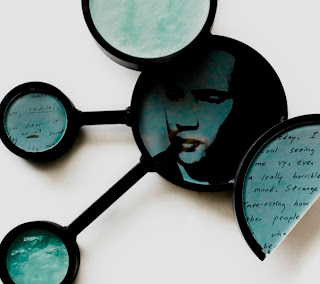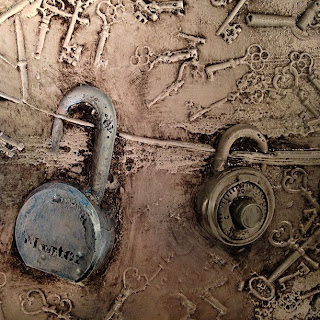>
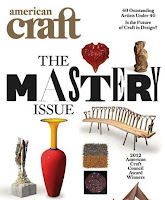 |
| American Craft Oct/Nov 2012 issue |
It’s not realistic for most craftspeople to make a living working alone (on their craft). That was the provocative argument made by Garth Clark, award-winning historian, writer, dealer, and auction specialist in ceramic art, in the Oct/Nov American Craft Magazine. In the interview by Monica Moses, Garth urges crafters to emulate designers who partner with industry as a way to find success. American Craft asked him to elaborate in the interview – a few samples from the interview:
You’ve said “the crafts are a threatened field,” suggesting that purely handmade work can’t compete with more scalable, cost-efficient work. What is threatening craft now? The big weakness is a failing economic studio model. Overheads rise constantly, but each maker has only two hands and can’t make more work to bring in more money. There is an output ceiling. This threat is self-imposed, coming from adherence to a medieval concept of craft and refusal to employ low-key industrial techniques to produce more inventory. Another threat: Craft galleries are withering and in some cases closing. Then, of course, there is the damage to the brand of craft done when institutions such as the flagship American Craft Museum [predecessor to the Museum of Arts and Design], drop the term craft and seek to join the fine arts world.
As you’ve suggested, for a number of years craftspeople aimed to be accepted in the fine art world, with limited success. Your view is that, in general, the design world is a more promising avenue for craftspeople. Why? Most crafters are not fine artists, even when they use fine art as their muse. The ones who have crossed over are about .0001 of the craft community. It’s a tiny handful: Ken Price, Josiah McElheny, Betty Woodman. The odds are hardly encouraging. On the other hand, designers and crafters do exactly the same thing; they make vases, jewelry, furniture, mugs, hats, fire irons. It’s exactly the same class of objects. Both are designed. The difference is the means of production: Crafters work by hand, while designers employ industry. Designers have learned to have it all – some unique works, some limited works, and some mass-produced works. Crafters can do the same. And the market is gigantic and growing.
What advice would you offer today’s aspiring craftsperson?
Decide what you want to be – be it fine artist, designer, or for that matter, crafter. And live there. If you believe you are, say, a sculptor and not a crafter, then the day you leave college, take the strengths of your craft education and head to a sculpture community and make your home there. Don’t remain in the relatively protected world of the crafts and whine that you are a misunderstood artist trapped in the craft world. Leave the nest, and learn to fly.
Click here to jump to the full online version of the article – or look for in the Oct/Nov hard copy magazine at the shops. That American Craft issue also has a great review of the Smithsonian’s 40 Under 40 Craft Futures exhibit.
 |
| Garth Clark at lecture on Ai Weiwei at University of Sunderland, March 2012 |
Garth Clark is one of the leading experts on design and craft. The blog has posted previous lectures that Garth has had on the changing nature of craft.
While at the University of Sunderland, the WGS Fulbright directors were able to attend Garth Clark’s lecture on Ai Weiwei Ceramics. The lecture was most interesting and gave great insight into Ai Weiwei’s work with clay.
.jpg)
